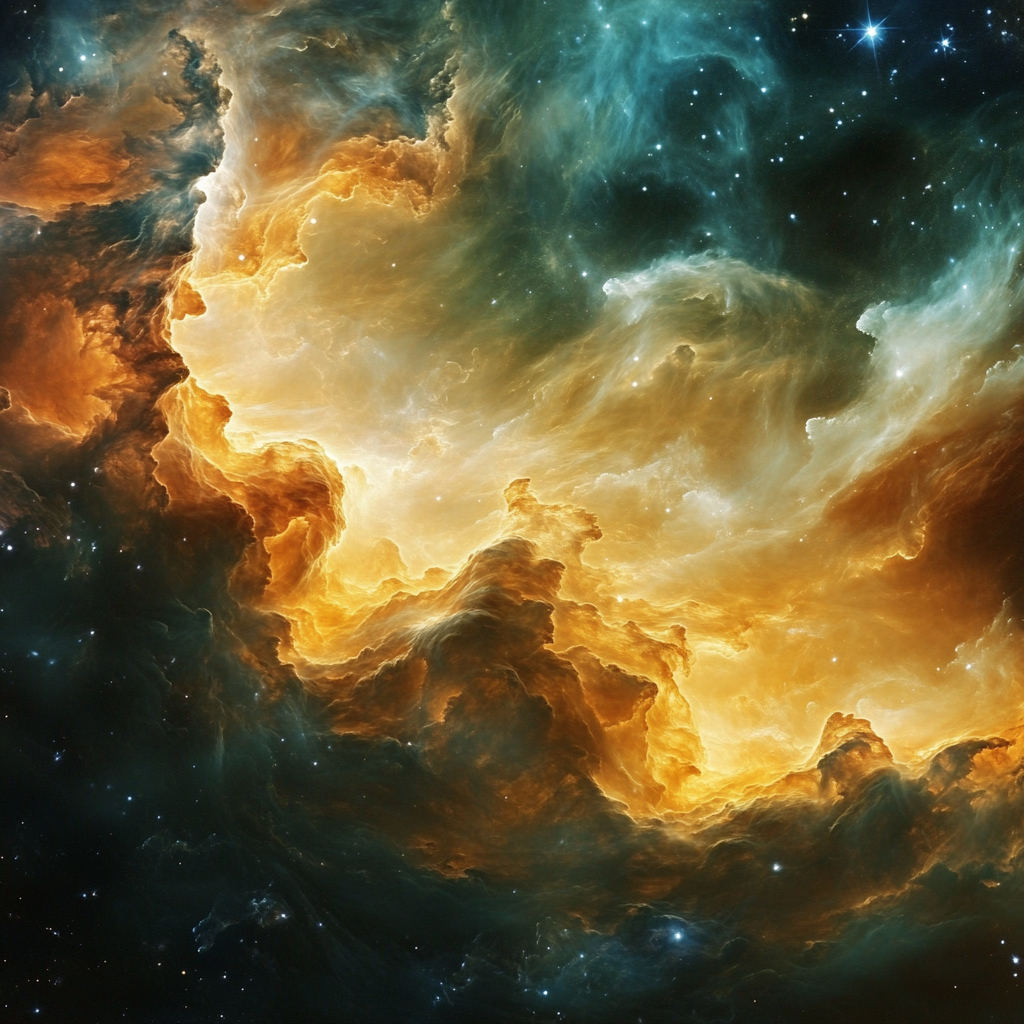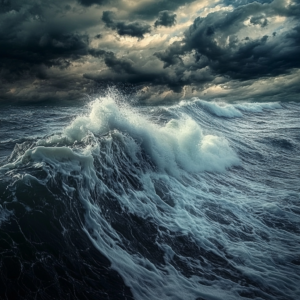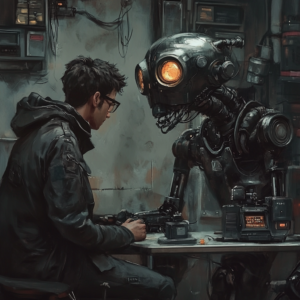
“JWST Unveils Mysterious Galaxy Outsparkling Its Own Stars”
In the grand cosmic ballet of the universe, where stars twirl and galaxies spin like dancers at a celestial ball, the James Webb Space Telescope (JWST) has plucked yet another incredible discovery from the cosmic ether. Picture, if you will, a galaxy with the stunning moniker GS-NDG-9422, or as those in the know call it, ‘9422.’ Imagine the scene: a place, one billion years post-Big Bang, where the universe was still figuring itself out, and indeed, so was everything in it—especially this bizarre little galaxy that seems to rewrite the rules of what we thought we knew.
Unveiling the Strange
When Dr. Alex Cameron from the University of Oxford first laid eyes on this peculiar galaxy, his reaction captured the awe of astronomers everywhere: “That’s weird.” And why wouldn’t it be? In GS-NDG-9422, the gas doesn’t just whisper; it roars, outshining the very stars that inhabit it in a spectacle never before seen with such clarity. Just imagine gas outshining solid glimmers of sun-fire, marking its territory as the prima donna of galactic luster.
So, how could gas be the star of the show? Simply put, the gas here isn’t your average cosmic fluff; it’s been heated to blistering temperatures by a stellar cast of hot, massive stars. We’re talking about celestial giants that burn brighter and hotter than anything we’ve spotted around our own peaceful cosmic neighborhood.
A Star-Studded Affair
These superstars of galaxy 9422 are burning at a stratospheric temperature of around 140,000°F (about 80,000°C). To put that in context, these stars are practically cosmic furnaces, dwarfing the more modest temperatures of familiar celestial bodies we admire from Earth. Imagine stars glowing between 70,000 to 90,000°F (40,000 to 50,000°C)—not just hot but overwhelmingly powerful, channeling energy like a rock concert on steroids, bathing their surroundings in the kind of glow that makes all the neighboring stars seem dim by comparison.
The drama here runs deeper because the gas flowing around these hot stars gets heated to such extremes that it becomes an effulgent spectacle, illuminating the galaxy in a way that’s captivating to all who gaze upon it.
Filling in the Galactic Puzzle
In a way, GS-NDG-9422 feels like the missing piece of a cosmic jigsaw—a vital link in the ever-puzzling evolution of galaxies. It conjures images of a time long past, standing between two distinct eras: the primordial first stars, known as Population III stars—ethereal beings formed from the universe's original hydrogen and helium—and today’s familiar swirls and whorls of starlit galaxies. Picture a cosmic Nebula forming, swirling in a timeless dance as it brings forth the next generation of stars, but with a twist: this galaxy defies expectation and hosts a cavalcade of exotic stellar phenomena.
Hot Stuff: What’s Really Happening?
Thanks to a dedicated team of astronomers, including the brilliant Dr. Harley Katz, who took the time to delve into galaxy 9422’s mysteries using computer simulations, we’re only now beginning to grasp the magic at play. The hot, massive stars are the agents here, heating the gas clouds around them, and nobody could’ve predicted that this gas would ultimately steal the limelight. This phase is an impermanent but crucial chapter in the book of galactic evolution—one that speaks of intense star formation within dense clouds, illuminating beauty in the chaos.
What’s Next, You Ask?
Let’s face it; the discovery of GS-NDG-9422 is both exciting and perplexing. A true enigma! It leaves astronomers buzzing with questions: Is this galaxy an outlier, or are there more galactic oddities like it lurking in the unknown? Is there a hidden narrative that speaks of even earlier stages of galactic birth and evolution? Ah, the tantalizing thrill of raw inquiry! With such groundbreaking research coming to light, the thirst for knowledge only grows, propelling teams to scour the cosmos for more heavenly bodies that embody this stage of development.
Cosmic Curiosity Continues
The James Webb Space Telescope's discoveries, especially one like galaxy 9422, remind us of the deep, unfathomable mysteries the universe still holds. It’s clear that we’re just scratching the surface of what’s out there; just look at what we’ve found already. As Dr. Cameron so aptly put it, “It’s a very exciting time to be able to use the Webb telescope to explore this previously inaccessible time in the universe. We are at the start of an adventure of discoveries and understanding.”
So, why not take a moment to peek beyond our own horizons? The wonders of the universe beckon, and as we unravel the threads of cosmic history, who knows what other oddities and spectacles await our eager gaze.
And if you're hungry for more cosmic curiosities and want to stay updated on the latest astronomical phenomena sprouting from the grand universe around us, you know where to find the freshest, most riveting content—just tap that "subscribe" button on our Telegram channel: @channel_neirotoken. Let’s dive into the vast ocean of knowledge that lies out there in the stars, where every moment holds the possibility of a new discovery!

